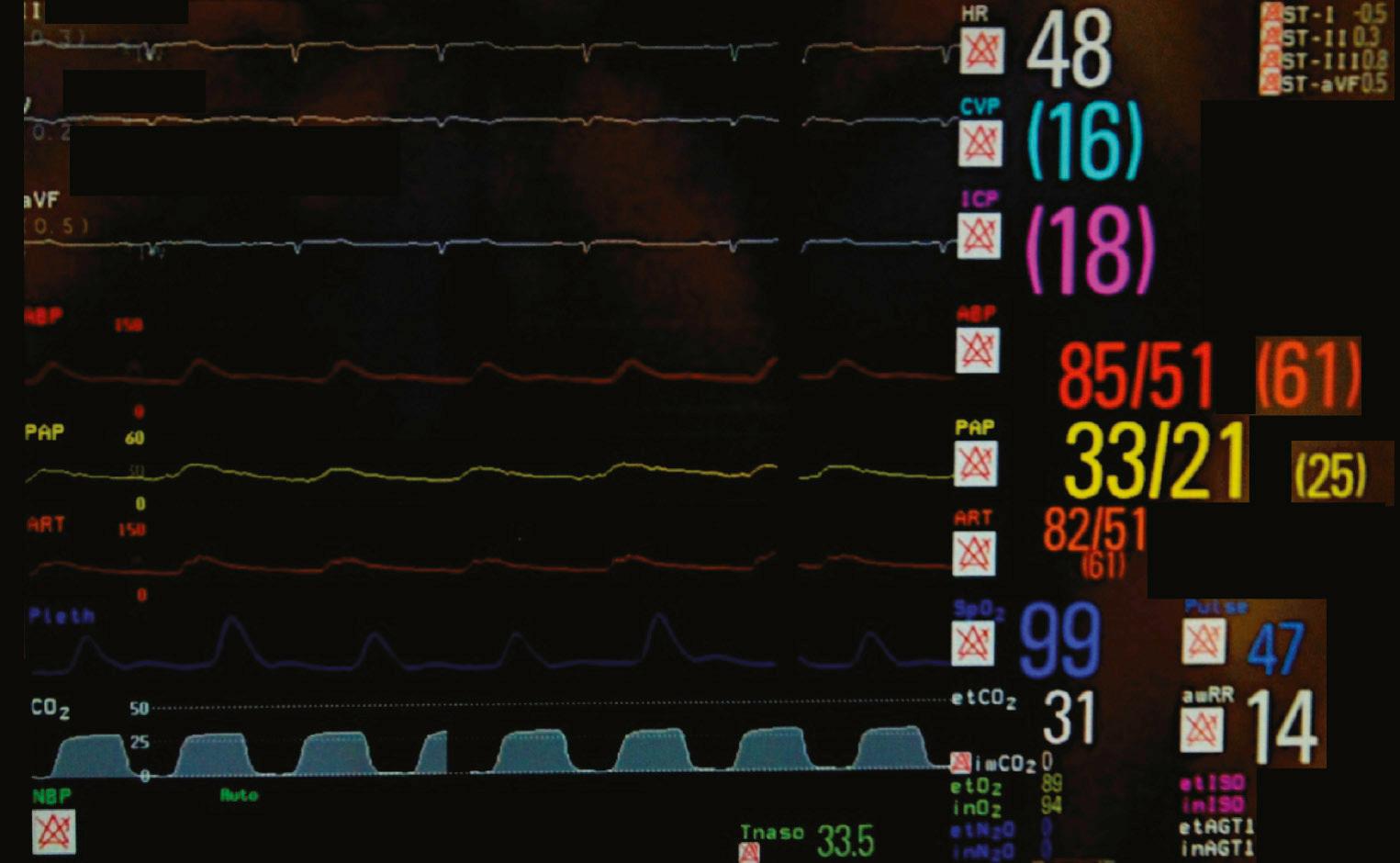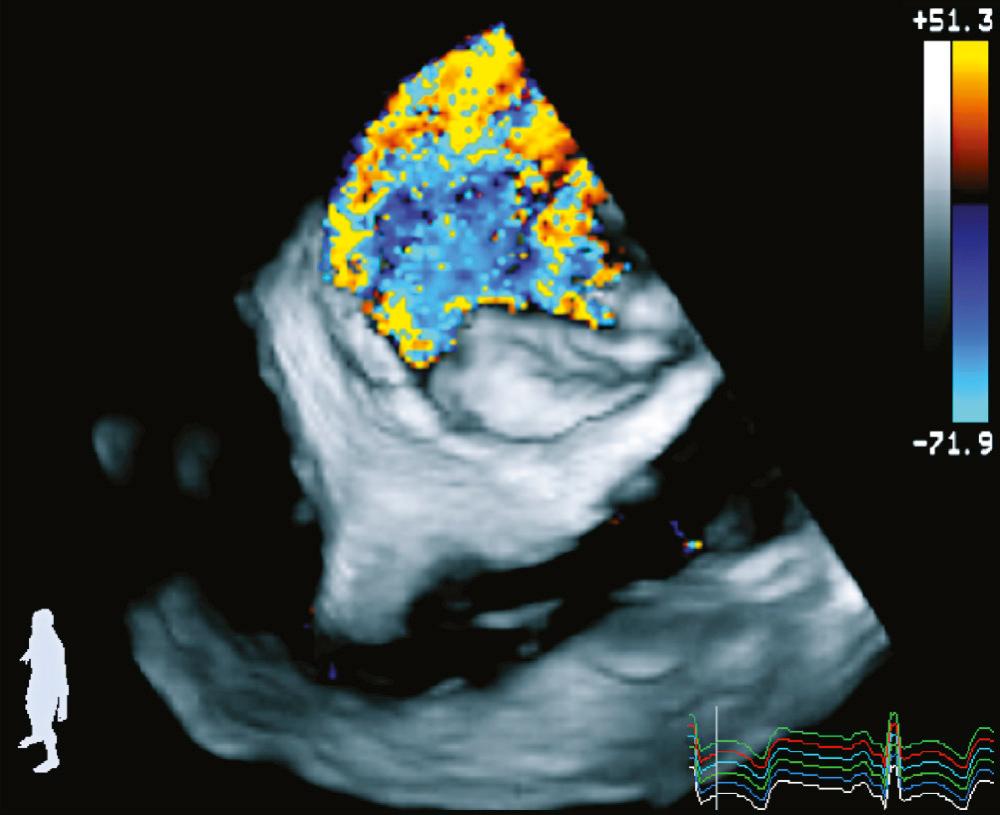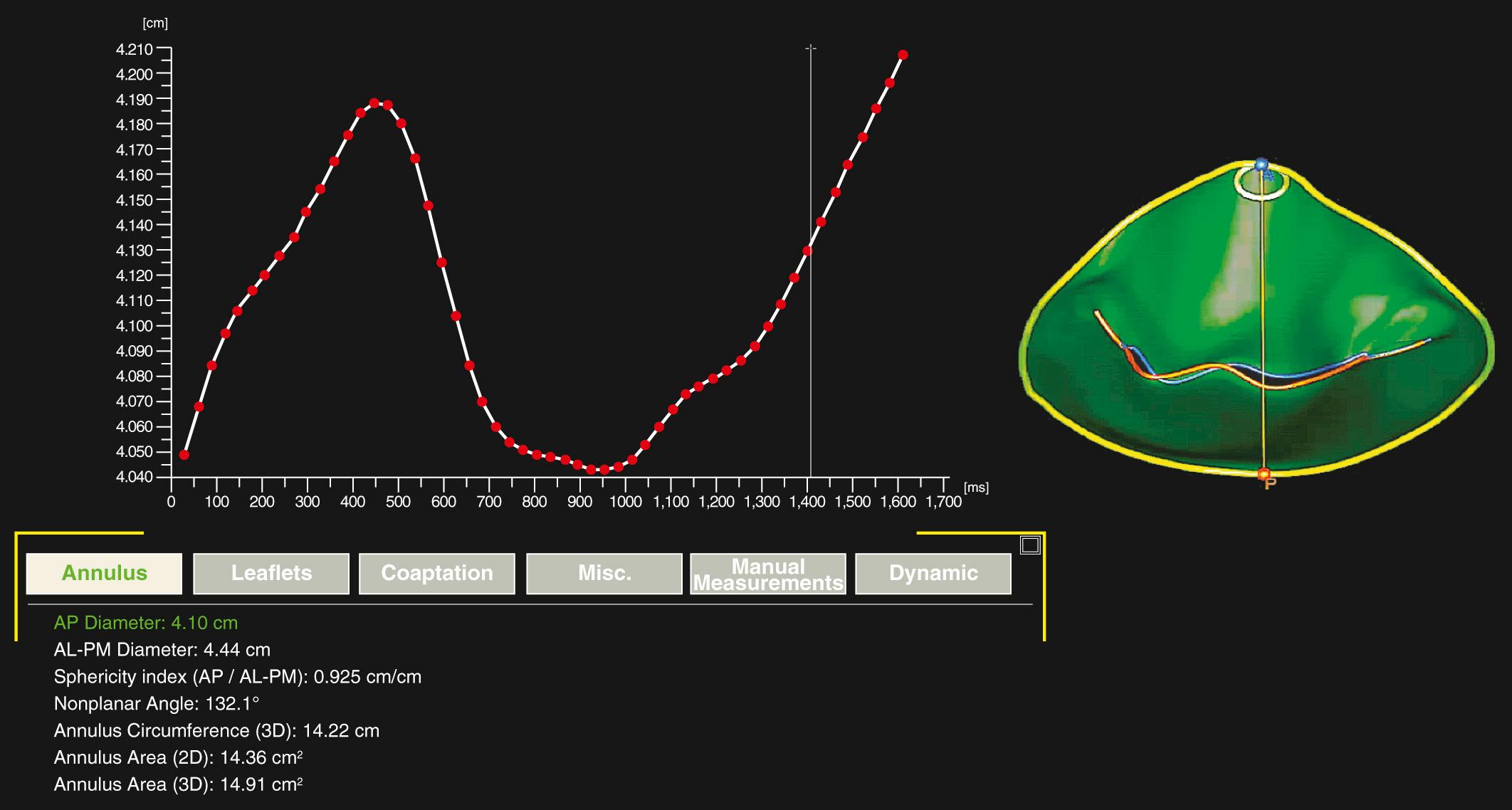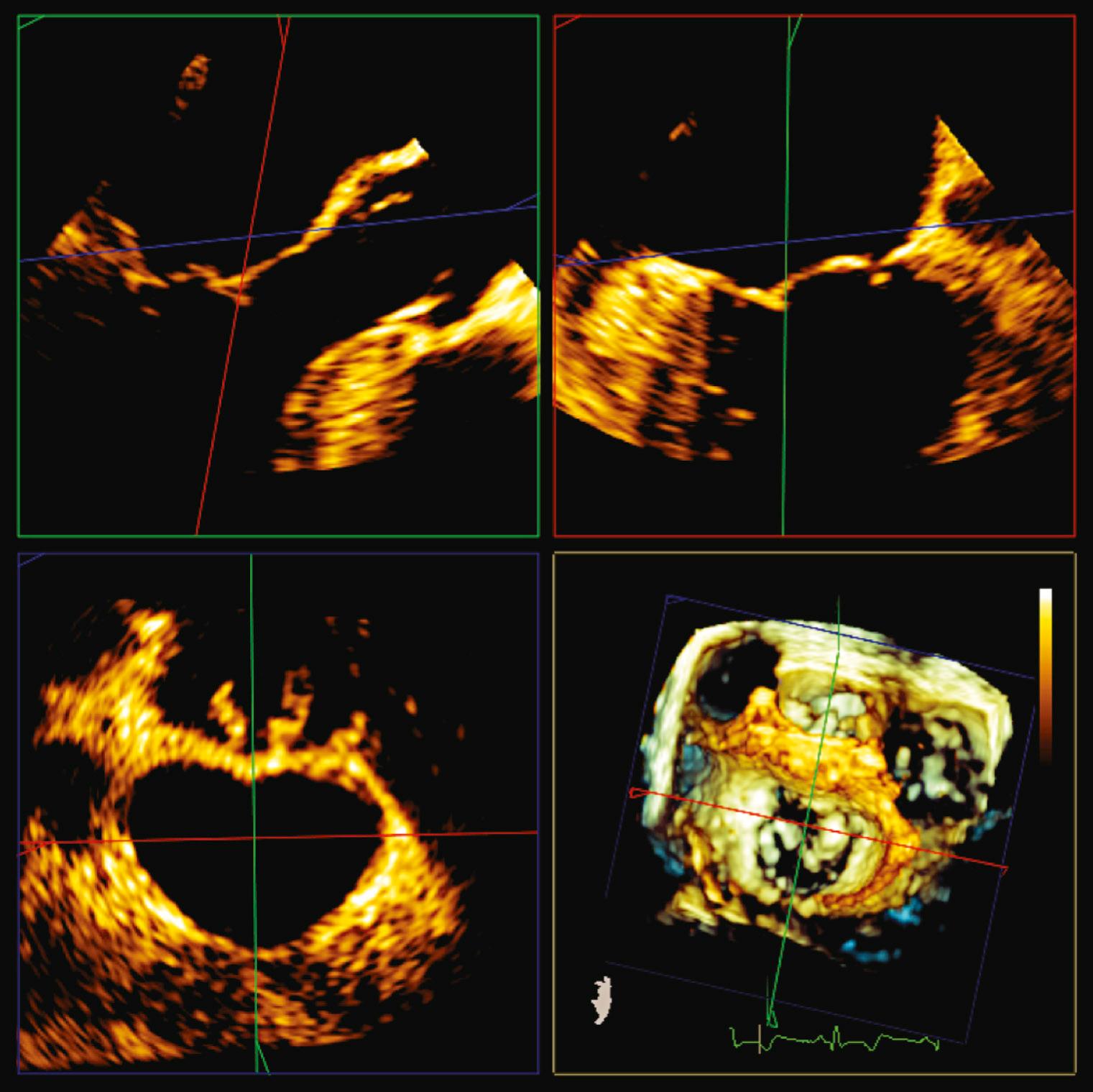Physical Address
304 North Cardinal St.
Dorchester Center, MA 02124
Anesthesia was successfully demonstrated for the first time in 1846. Prior to that time, it was deemed impossible to perform major surgical procedures because of the associated pain and discomfort. Anesthesia has been one the greatest catalysts in the evolution of surgery since the 1840s. The first successful cardiac surgical procedure occurred in 1902, when Hill closed a stab wound to the heart of a 13-year-old boy. Over the years, the anesthesiologist's role has evolved from mere drug administrator to being an integral partner in the perioperative management and support of the cardiac surgical patient. Today, transesophageal echocardiography (TEE) plays an essential role in the patient's intraoperative diagnosis, monitoring, and prognostication, with the anesthesiologist taking part in the surgical planning and decision making. The discipline of cardiac anesthesia encompasses an ever-expanding body of knowledge. This chapter provides a brief overview of preoperative anesthetic evaluation and intraoperative anesthetic management for adult cardiac surgery.
The preoperative anesthetic evaluation of the cardiac surgical patient includes the following: (1) review of the events that led to the indication for cardiac surgery, (2) identification and optimization of risk factors that could lead to increased mortality and morbidity resulting from cardiac surgery, and (3) gathering of information relevant to selecting appropriate monitoring modalities and management techniques during surgery.
A detailed history should be obtained on the evolution of disease in question, with emphasis on current and past symptoms, previous need for hospitalization, and current functional capacity.
An important part of functional capacity assessment is the evaluation of limitation in the activities of daily living. Patients who can normally walk up a flight of stairs or a hill and do heavy work around the house (scrubbing floors, etc.) have a lower risk of cardiopulmonary complications associated with surgery.
Higgins and colleagues performed a retrospective logistic regression on data from more than 5000 patients who underwent coronary artery bypass grafts and then prospectively applied the retrospectively identified risk factors to a group of more than 4000 patients. They found that 30-day mortality was predicted by the emergency of the procedure, preoperative serum creatinine of more than 168 mmol/L, left ventricular ejection fraction of less than 35%, preoperative hematocrit level of less than 35, age older than 70 years, chronic pulmonary disease, prior vascular surgery, reoperation, and mitral regurgitation. Emergency cases included transfers from the coronary care unit with unstable angina (48%), complications of percutaneous intervention (40%), and complications of routine cardiac catheterizations (12%). In addition to these risk factors, nonfatal morbidity was predicted by diabetes mellitus, body weight of 65 kg or less, aortic stenosis, and cerebrovascular disease. Presence of these risk factors needs to be ascertained when obtaining preoperative history prior to cardiac surgery.
Several standardized scores can be used for assessing risk in the cardiac surgical population. In the 1980s, Parsonnet et al described a score useful for assessing risk of mortality related to cardiac surgery. This original model has been substituted in recent years by other models, including the European System for Cardiac Operative Risk Evaluation (euroSCORE) or the Society of Thoracic Surgeons risk calculator. Some of the factors associated with mortality during cardiac surgery are shown in Table 59-1 . A recent study analyzed more than 29,000 patients undergoing elective cardiac surgery. In this study, an index that included patient age, creatinine levels, and ejection factors showed definitive association with mortality and the score was comparable to euroSCORE risk estimation.
| Patient Related | Comorbidities | Disease Related | Surgery Related |
|---|---|---|---|
| Age (>60) | Extracardiac arteriopathy | Recent myocardial infarction | Previous cardiac surgery |
| Gender (female) | Diabetes mellitus | Left ventricular dysfunction | Urgent surgery |
| Obesity | Renal impairment | Pulmonary hypertension | Surgical procedure other than or associated with coronary artery bypass graft |
| Poor mobility | Dialysis | Cardiogenic shock | Surgery on the descending thoracic aorta |
| Critical preoperative state | Chronic lung disease | Intra-aortic balloon pump | |
| Poor functional capacity | Atrial fibrillation | Left main coronary artery disease |
Patients' current use of medications should be sought, and their dose and frequency noted. In general, all cardiovascular medications should be continued even on the day of surgery, except diuretics and angiotensin-converting enzyme inhibitors. Preoperative β-adrenergic blocker use has been associated with increased survival after coronary artery surgery.
Of particular interest are anticoagulant and thrombolytic drugs, because they can cause increased bleeding in the perioperative period. Relevant information about anticoagulant use includes current as well as prior treatment with heparin or warfarin, along with dosage and time of the last dose, and history of heparin resistance or heparin-induced thrombocytopenia, use of warfarin with dosage, and time of the last dose.
Emergency patients may have received thrombolytics and/or inhibitors of platelet aggregation. Clopidogrel (Plavix) and ticlopidine (Ticlid) inhibit adenosine diphosphate (ADP)–induced platelet aggregation by irreversibly modifying platelet P2 receptors. Abciximab (ReoPro) is a monoclonal antibody fragment against glycoprotein (GP) IIb/IIIa receptor, which allows platelet binding to von Willebrand factor and fibrinogen. Abciximab is administered intravenously with an initial bolus of 0.25 mg/kg, followed by an infusion of 0.125 mcg/kg/min (up to 10 mcg/min) for 12 hours. After discontinuance of Abciximab, platelet function recovers gradually over the next 48 hours. Eptifibatide (Integrilin) is a peptide inhibitor of GP IIb/IIIa receptor with an elimination half-life of 1 to 2 hours. After discontinuance, platelet function (as measured by bleeding time) recovers in 2 to 4 hours. Tirofiban (Aggrastat) is a peptidomimetic antagonist of GP IIb/IIIa receptor with an elimination half-life of about 2 hours; platelet function returns to normal within 4 to 8 hours after discontinuing the medication. Abciximab could prolong the activated clotting time (used for heparin effect monitoring) by 30 to 50 seconds, and a reduction in the dosage of heparin is necessary. Eptifibatide does not have a similar effect on activated clotting time.
In every cardiac surgical patient, contraindications to TEE have to be evaluated (e.g., esophageal disease or previous esophageal surgery). Furthermore, a history of cold agglutinin antibody may contraindicate hypothermic cardiopulmonary bypass (CPB), whereas a history of antiphospholipid syndrome will adversely affect measurement of activated clotting time while the patient is on CPB. The possibility of previous thoracic surgery or radiation, and the presence of a pacemaker or an implantable cardioverter/defibrillator, should also be evaluated.
Physical examination should be focused on assessing the airway, cardiovascular, and respiratory systems. The airway examination should include evaluation of dentition: any evidence of infection or abscess must be ruled out. Blood pressure should be measured on both arms, and any significant difference should raise suspicion of subclavian artery stenosis. The Allen test may be performed in case a radial artery harvest is being considered to provide a conduit, or invasive blood pressure monitoring on the radial artery is planned. Femoral pulsation should be palpated, and the presence of any peripheral vascular disease should be noted (this may make the placement of an intra-aortic balloon pump challenging). Carotid bruits should be listened for, and cardiac sounds should be auscultated. Hepatomegaly, jugular venous distention, and peripheral edema should also be noted.
Preoperative laboratory tests should include hematocrit, platelet count, coagulation parameters, electrolytes, serum creatinine, glucose, 12-lead electrocardiogram, and a chest radiograph. An echocardiogram, if obtained, provides not only information about preoperative ventricular and valve function and anatomy but also a baseline to which intraoperative TEE findings can be compared. The catheterization report should be reviewed for the distribution of coronary artery disease, ventricular systolic and diastolic dysfunction, valvular abnormalities, pulmonary hypertension, and intracardiac shunt.
The American Society of Anesthesiologists standards for basic anesthetic monitoring include electrocardiography, pulse oximetry, capnography, noninvasive blood pressure determination, and temperature monitoring.
On surface electrocardiogram (ECG), ST-segment analysis should be continuously performed. In a classic study by London et al, patients were evaluated with a 12-lead ECG during noncardiac surgery, and ischemia was defined as either ST depression of at least 1 mm or elevation of at least 1.5 mm in a non–Q wave lead. In this study the sensitivity of the V5 lead alone for detection of ischemia was 75%; that of V5 and V4 combined was 90%; V5 and II 80%; and V5, V4, and II combined was 96%. Use of the standard five-lead ECG system does not allow simultaneous monitoring of V5 and V4, and the most practical alternative is to monitor leads V5 and II, the latter of which is also the most useful for arrhythmia monitoring. When right-sided ischemia is of concern, the right shoulder electrode may be placed in the right precordial area, and then lead I becomes the right precordial lead (V 4 R). Simultaneous monitoring of V5, II, and V 4 R allows for the detection of virtually 100% of all ischemic episodes that are detectable with a full 12-lead ECG.
In addition to the noninvasive monitors, invasive monitors are routinely used in cardiac surgery ( Fig. 59-1 ). An arterial line should be placed before or immediately after induction for continuous blood pressure monitoring and intermittent blood sampling. The radial artery is most commonly used, but the brachial, ulnar, axillary, femoral, and dorsalis pedis arteries are alternative sites of cannulation. If the internal mammary artery is to be used as a graft, the contralateral radial artery should be selected because of the theoretical concern of subclavian artery compression by the retractor during conduit harvest. If the surgery involves the takeoff of the innominate artery or the left subclavian artery, or if the radial artery is to be harvested as a conduit, the corresponding radial artery should not be used for an arterial line, and an alternative site should be sought. For an operation of the descending thoracic aorta, two arterial lines with one proximal to the proximal clamp and one distal to the distal clamp are recommended. The proximal arterial line (usually in the right radial artery) provides information about the perfusion pressure of the myocardium and the brain. The distal arterial line (usually a femoral artery line or, in the absence of a peripheral vascular disease, a dorsalis pedis line), in conjunction with an intrathecal catheter, allows the calculation of the perfusion pressure of the spinal cord.

A central venous line (CVL) is routinely used in cardiac surgery to allow for reliable administration of cardiovascular medications and heparin and to monitor central venous pressures. Whether the use of a pulmonary artery catheter (PAC) should be routine or selected on an individual basis in cardiac surgery is a matter of debate. In a prospective comparison of a CVL with a PAC in 1094 patients undergoing coronary artery surgery (including the highest risk patients), Tuman and colleagues found that there was no difference in outcome. Similarly, Schwann and coworkers reported that, in their experience with 2685 consecutive patients undergoing coronary artery bypass surgery, the use of a PAC was limited to 9% (2.4% unplanned—i.e., converted from a CVL) of the patients and predicted by ejection fraction, Society of Thoracic Surgeons risk score, intra-aortic balloon pump, congestive heart failure, re-do surgery, and New York Heart Association class IV. With such a selective use, their observed-to-expected ratio of mortality as compared with the Society of Thoracic Surgeons database was 0.73. Furthermore, the presence of a PAC has not been shown to influence anesthetic management during induction, which is generally considered one of the higher risk periods during anesthesia. These studies suggest that the anesthesiologist should be highly selective when choosing cardiac surgery patients in whom to use a PAC. However, a PAC, unlike a CVL, can provide information about cardiac output, systemic and pulmonary vascular resistance, and mixed venous saturation, and some models allow for venous pacing of the heart. On the other hand, TEE may negate some of the potential advantages of a PAC over a CVL: cardiac output measured by TEE can be reliable and comparable with that measured by a PAC, TEE-guided right and left ventricular oximetry may be feasible, and pulmonary artery pressures can be estimated by TEE.
TEE has emerged as one of the most important tools in the planning and execution of cardiac surgical procedures. The American Society of Echocardiography and the Society of Cardiovascular Anesthesiologists have published guidelines for the comprehensive intraoperative TEE examination, a full discussion of which is beyond the scope of this chapter. The impact of TEE on surgical decision making and clinical outcomes is well established. Given this evidence and its safety profile, TEE is now routinely indicated as frequently useful in several clinical scenarios ( Box 59-1 ). In addition to serving as a monitor of myocardial and valvular function, TEE is an invaluable guide for the placement of coronary sinus and intra-aortic catheters, for the delineation of the anatomy and pathology of valve lesions, and for before-and-after comparison of myocardial perfusion and function and valvular anatomy and function. In addition, TEE may be used to assess the delivery of cardioplegia and to predict changes in regional myocardial function after coronary artery bypass. In valve repair procedures, TEE is indispensable in assessing the presurgical severity as well as the immediate quality and result of repair.
Indications—Category I: Supported by strongest evidence or expert opinion; transesophageal echocardiography (TEE) is frequently useful in improving clinical outcomes in these settings and is often indicated, depending on individual circumstances (e.g., patient risk and practice setting).
Intraoperative evaluation of acute, persistent, and life-threatening hemodynamic disturbances in which ventricular function and its determinants are uncertain and have not responded to treatment
Intraoperative use in valve repair
Intraoperative use in congenital heart surgery for most lesions requiring cardiopulmonary bypass
Intraoperative use in repair of hypertrophic obstructive cardiomyopathy
Intraoperative use for endocarditis when preoperative testing was inadequate or extension of infection to perivalvular tissue is suspected
Preoperative use in unstable patients with suspected thoracic aortic aneurysms, dissection, or disruption who need to be evaluated quickly
Intraoperative assessment of aortic valve function in repair of aortic dissections with possible aortic valve involvement
Intraoperative evaluation of pericardial window procedures
Use in intensive care unit for unstable patients with unexplained hemodynamic disturbances, suspected valve disease, or thromboembolic problems (if other tests or monitoring techniques have not confirmed the diagnosis or patients are too unstable to undergo other tests)
Three-dimensional TEE imaging has gained significant clinical importance in terms of ability to reveal more accurate information than traditional methods to base clinical decisions on. Studies have shown TEE's superiority in determining aortic valve area in the context of assessing severity of aortic stenosis as well as mechanism, thereby impacting intraoperative clinical decisions regarding valve replacement. For aortic valve replacement, for example, multiple methods for valve area assessment are currently in practice. However, studies show that images obtained using three-dimensional echocardiography are able to capture the elliptical shape of the left ventricular outflow tract (LVOT), complete with information regarding major and minor axes. This allows more accurate planimetric assessment of the LVOT and, therefore, calculation of aortic valve area by continuity equation. In addition, short axis TEE views are helpful in interrogating cusp symmetry and origin of the aortic regurgitation jet. In planning the repair, it is important to know whether the jet is central, commissural, cuspal, or all along the coaptation line ( Fig. 59-2 ).

The advent of three-dimensional echocardiographic data has also allowed precise assessment of complex structures such as heart valves without geometric assumptions ( Figs. 59-3 and 59-4 ). Using multi-planar reformatting, orthogonal views can be extracted from volumetric echocardiographic data to make accurate linear measurements ( Fig. 59-5 ). Quantitative analyses of valvular apparatus are particularly valuable in identifying indices of remodeling to establish the chronicity and severity of valvular pathology (e.g., mitral regurgitation). This helps in identifying patients who may be unsuitable candidates for repair procedure because of irreversible remodeling of valvular apparatus. Increasingly, echocardiographic assessment during cardiac surgery is evolving from a qualitative interrogation to a quantitative analysis including, but not limited to, quantification of regurgitation, linear dimensions, and stress patterns before and after repair.



In surgeries of the descending thoracic aorta, cerebrospinal fluid pressure (CSFP) may be measured with an intrathecal catheter. If such a catheter is placed, CSFP should be maintained at less than or equal to 10 cm H 2 O, and cerebral spinal fluid (CSF) should be allowed to drain when CSFP is greater than 10 cm H 2 O. However, spinal cord perfusion depends not only on CSFP but also on the arterial pressure distal to the distal clamp, and maintenance of the distal arterial pressure may be just as important when using, for example, a partial bypass or a shunt. Whether monitoring of CSFP and drainage of CSF to maintain CSFP at less than 10 cm H 2 O prevents paraplegia after descending thoracic aortic surgery is still under debate.
Become a Clinical Tree membership for Full access and enjoy Unlimited articles
If you are a member. Log in here